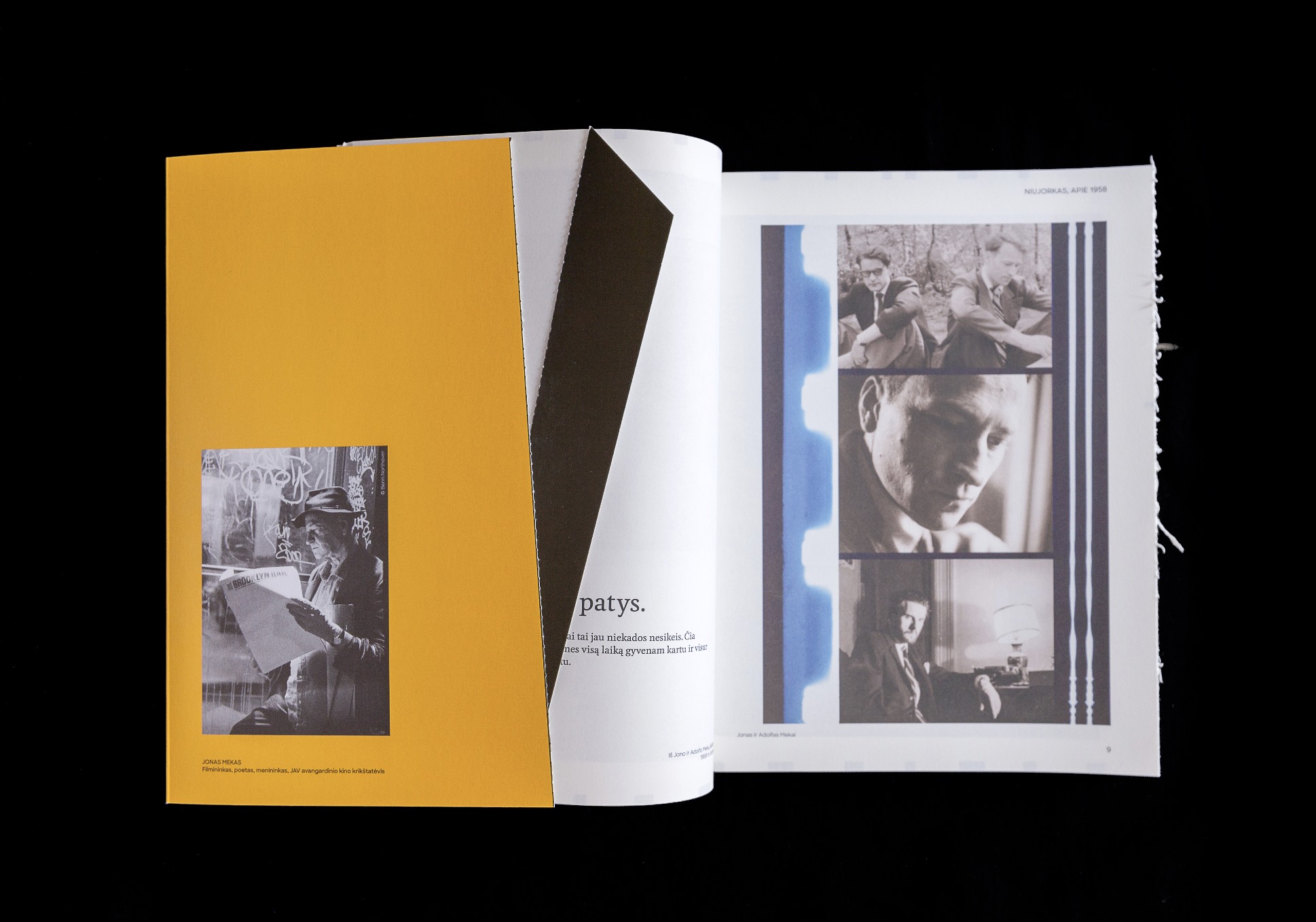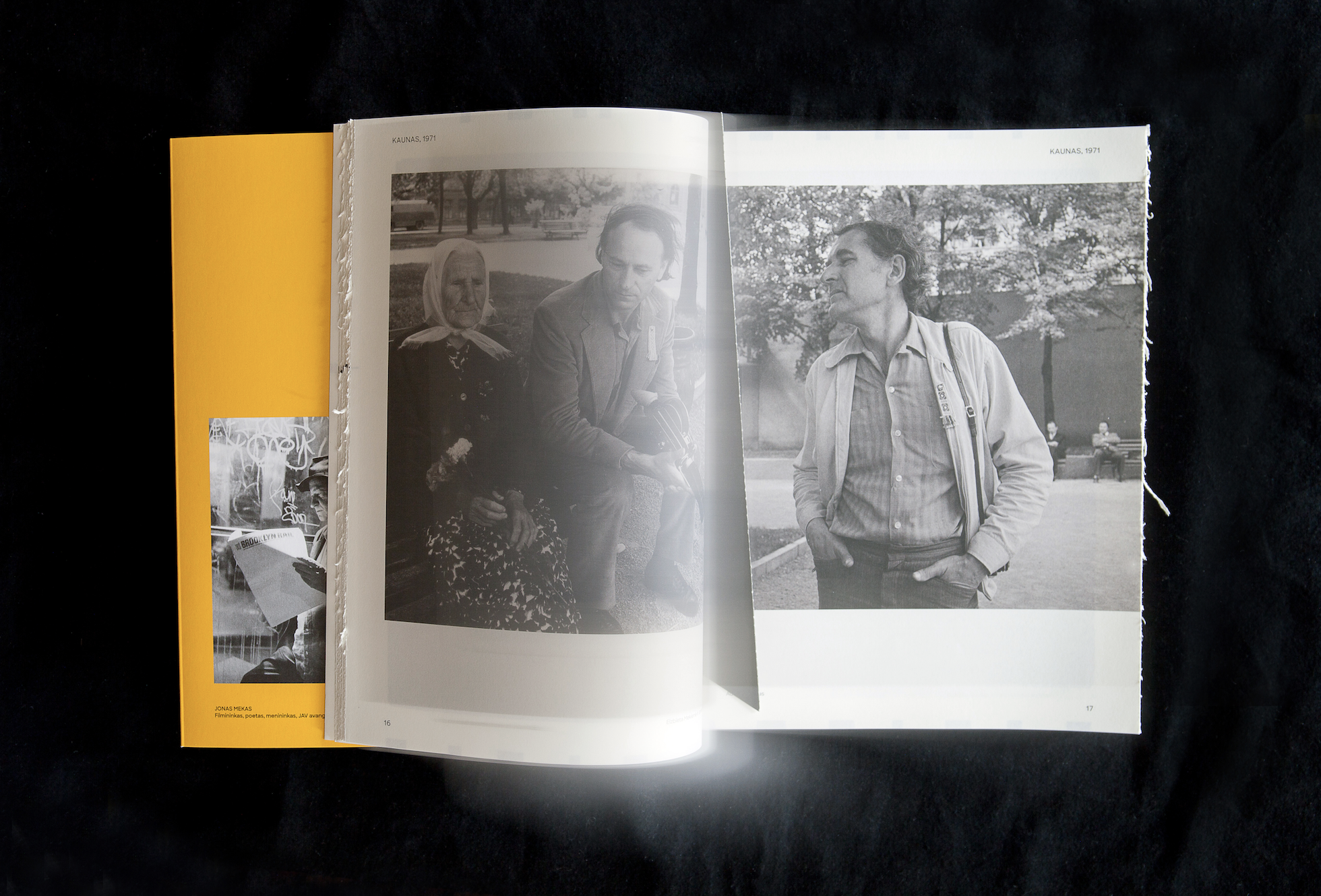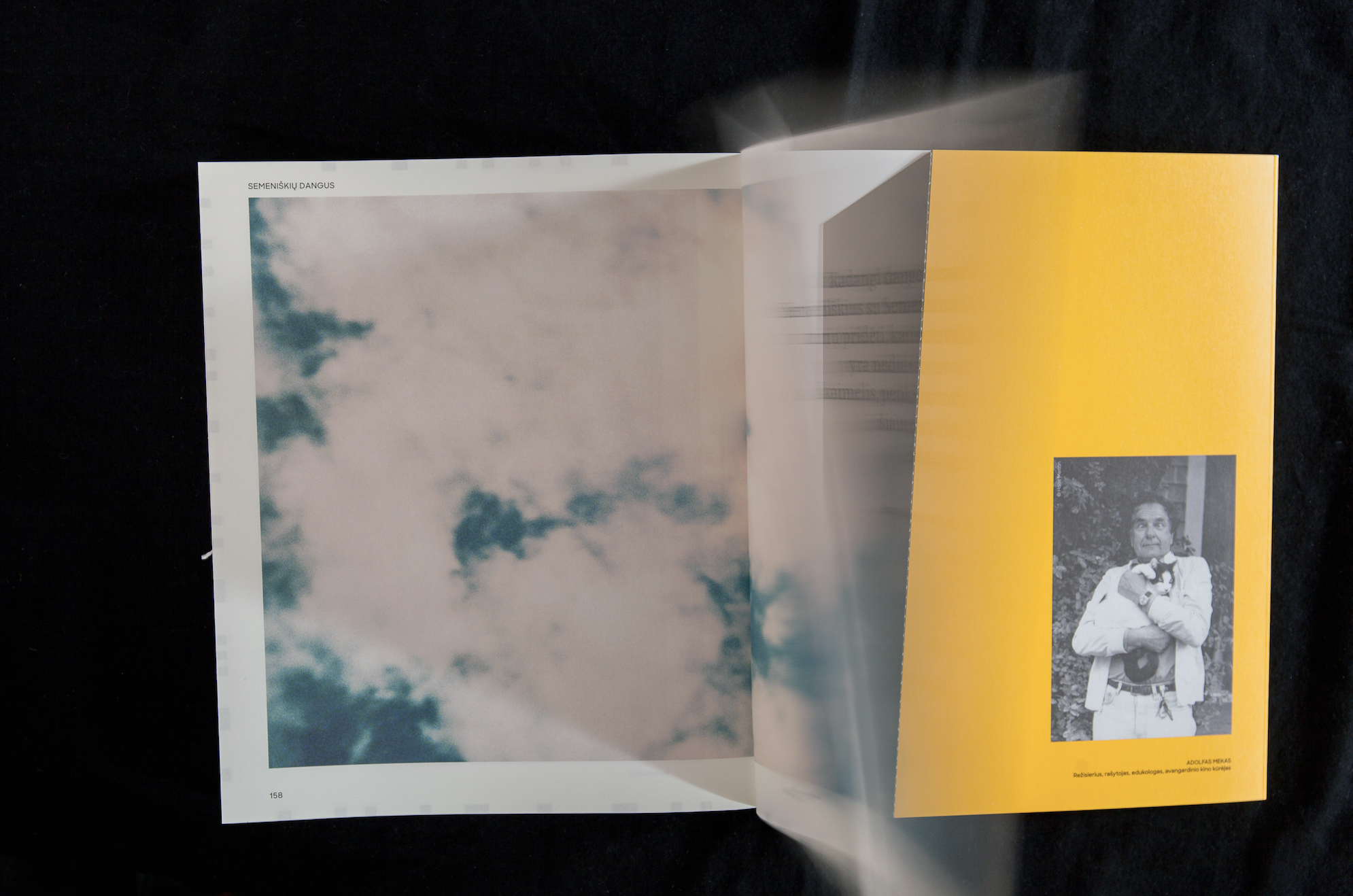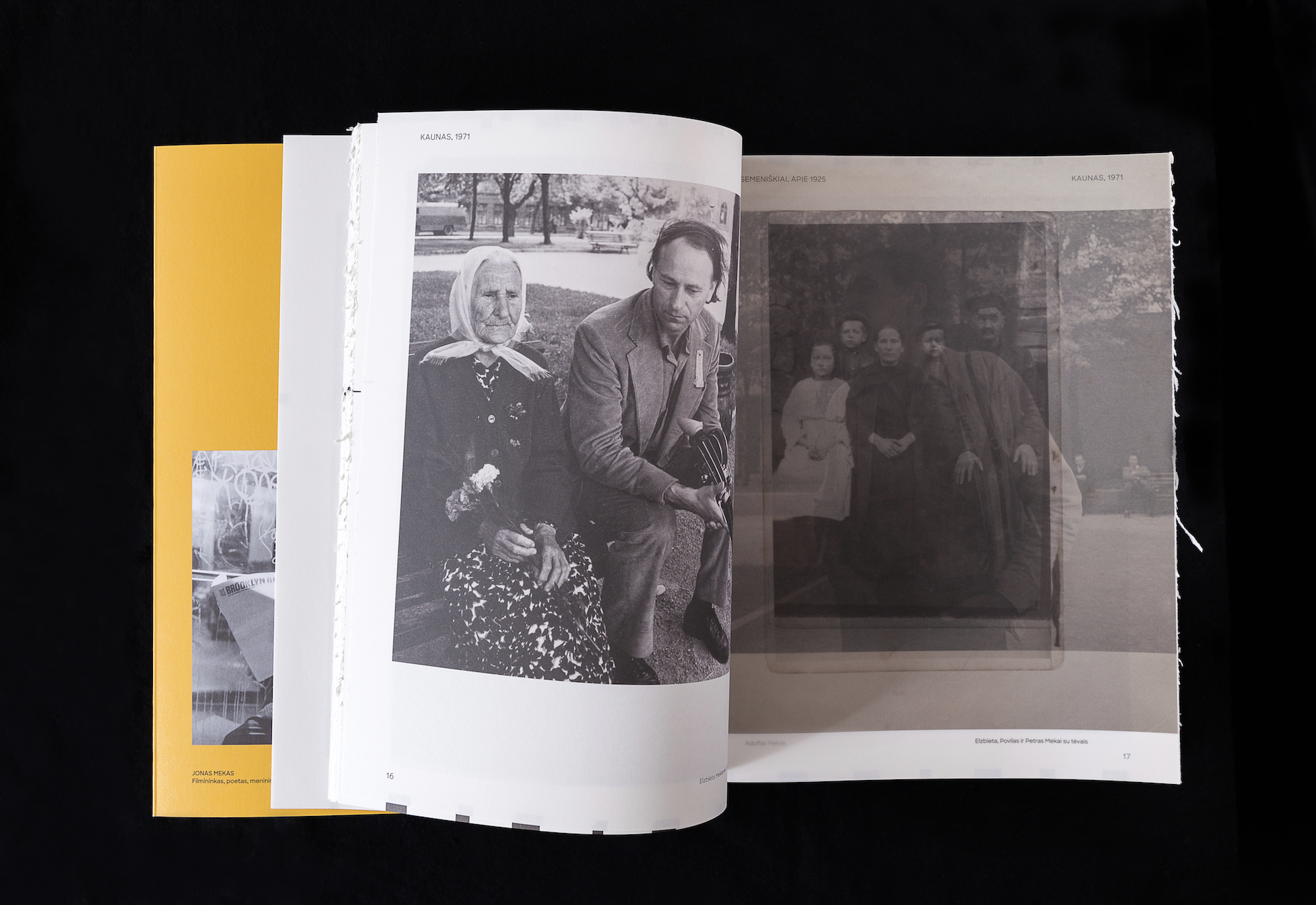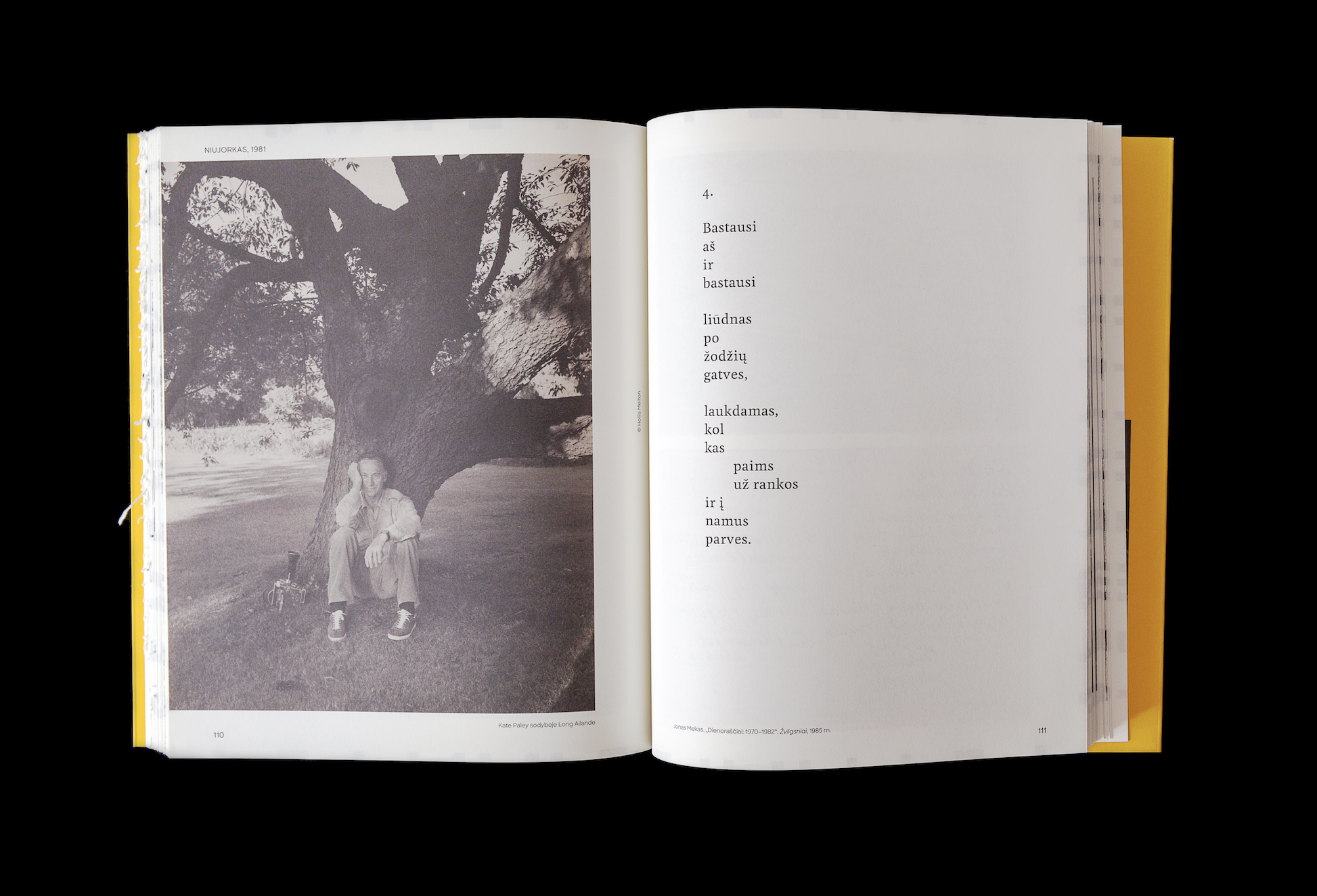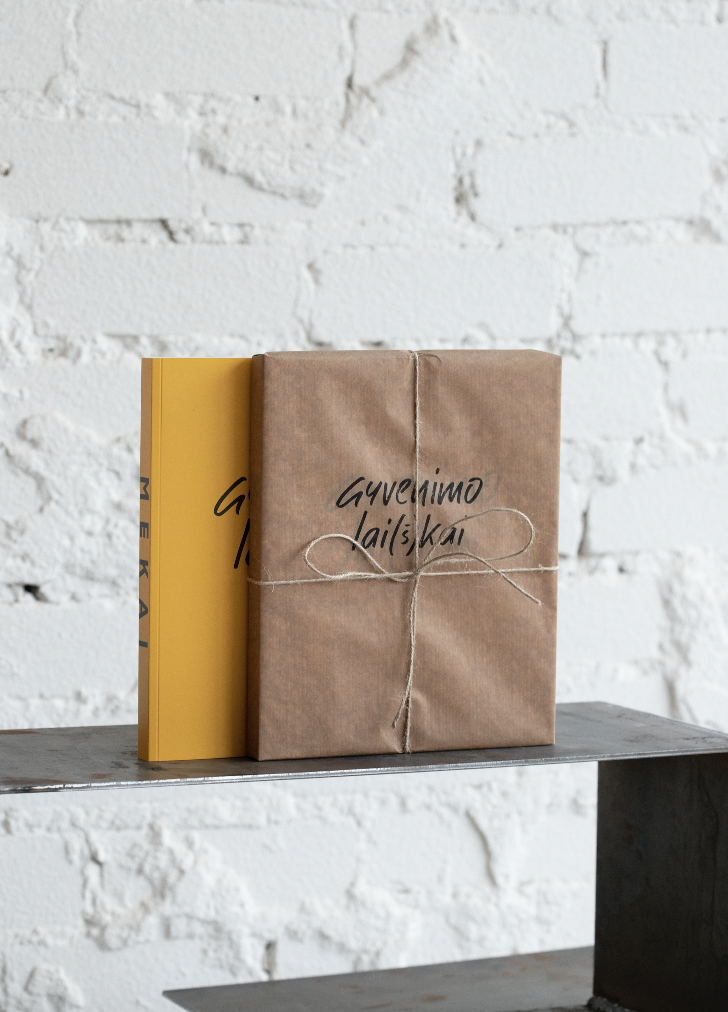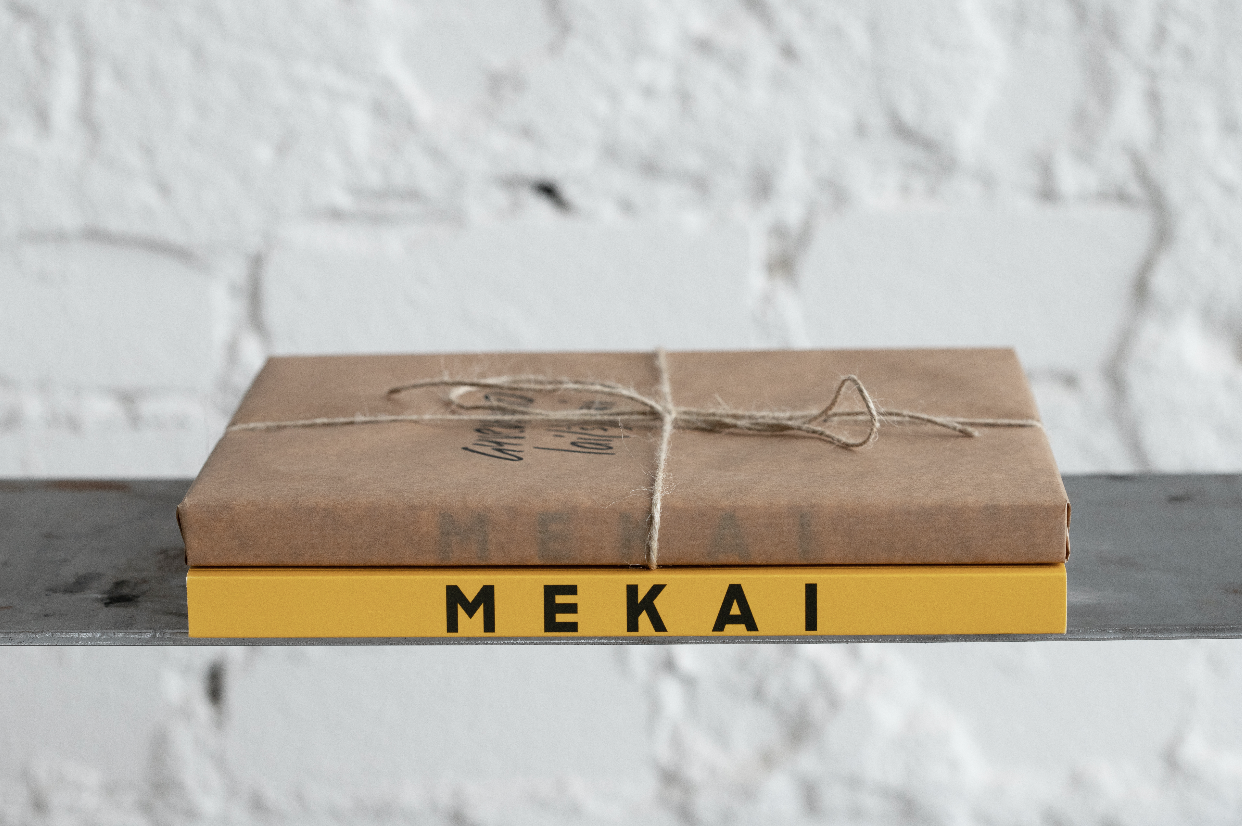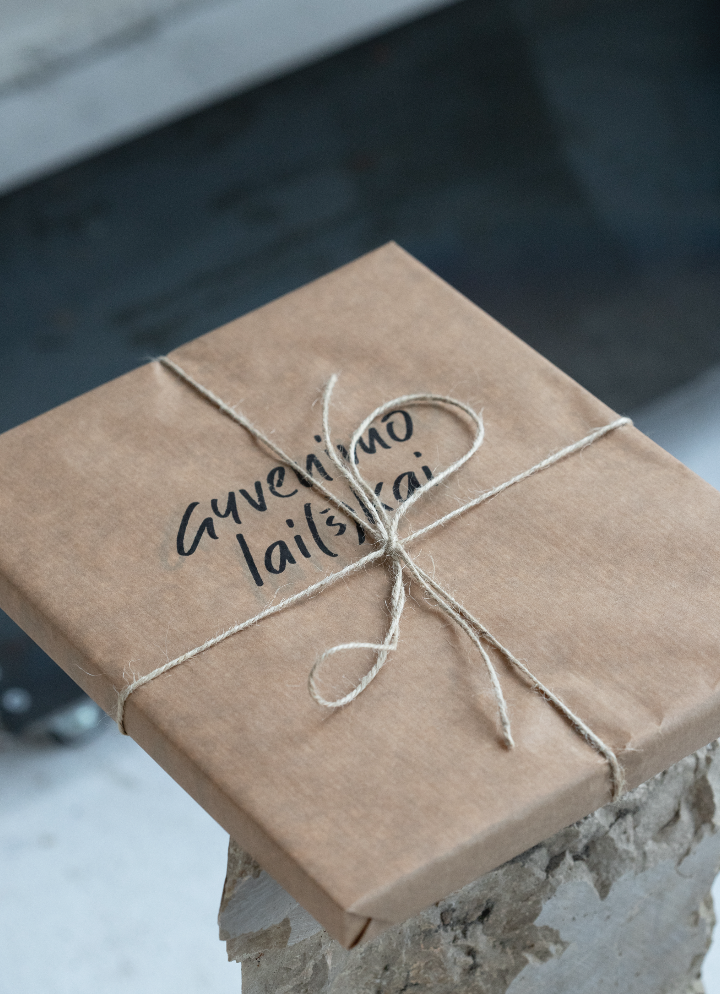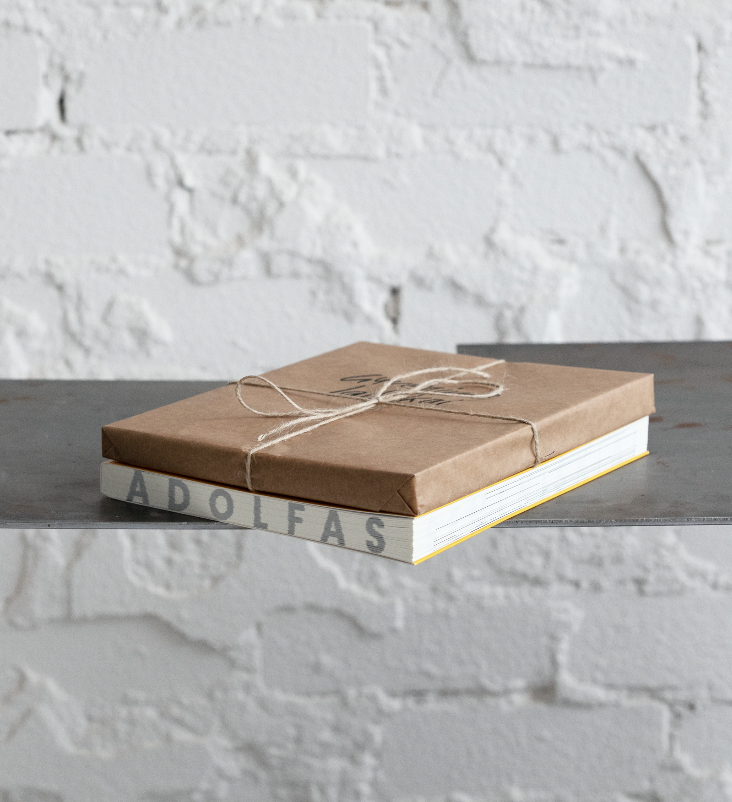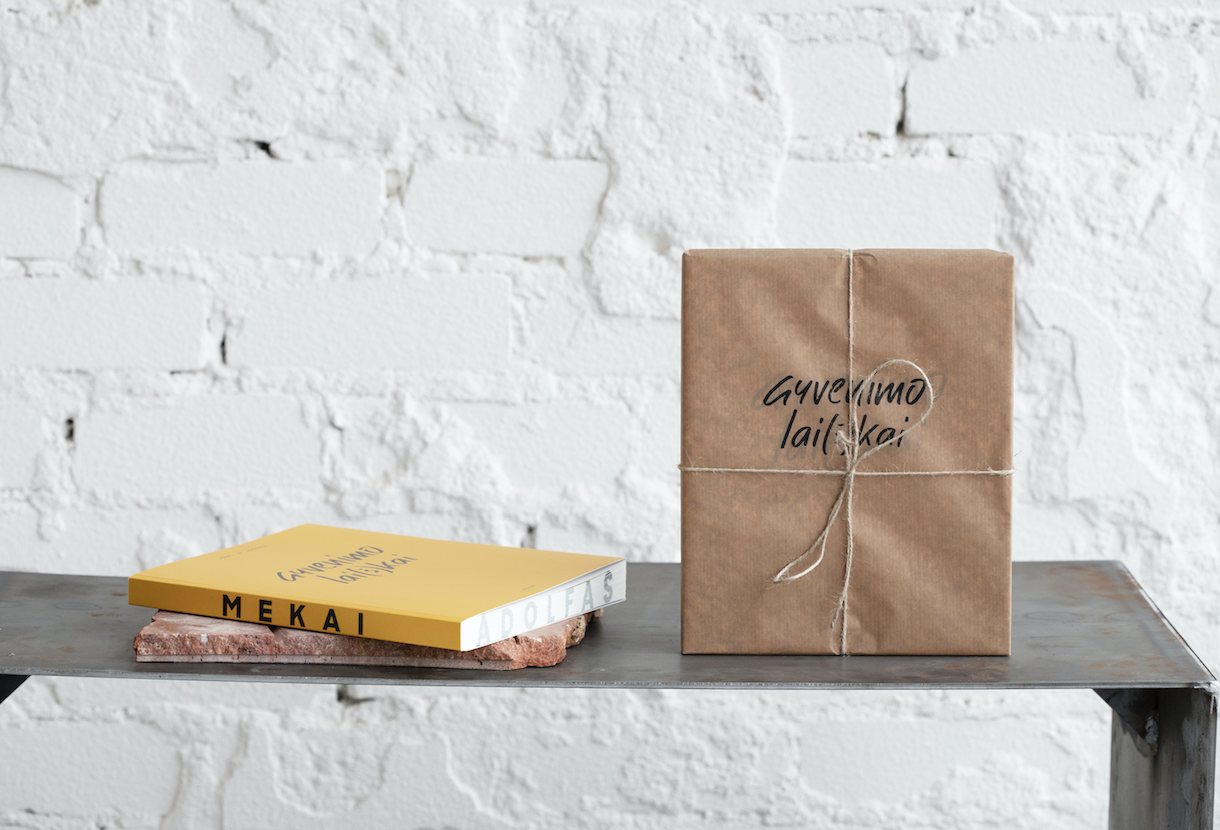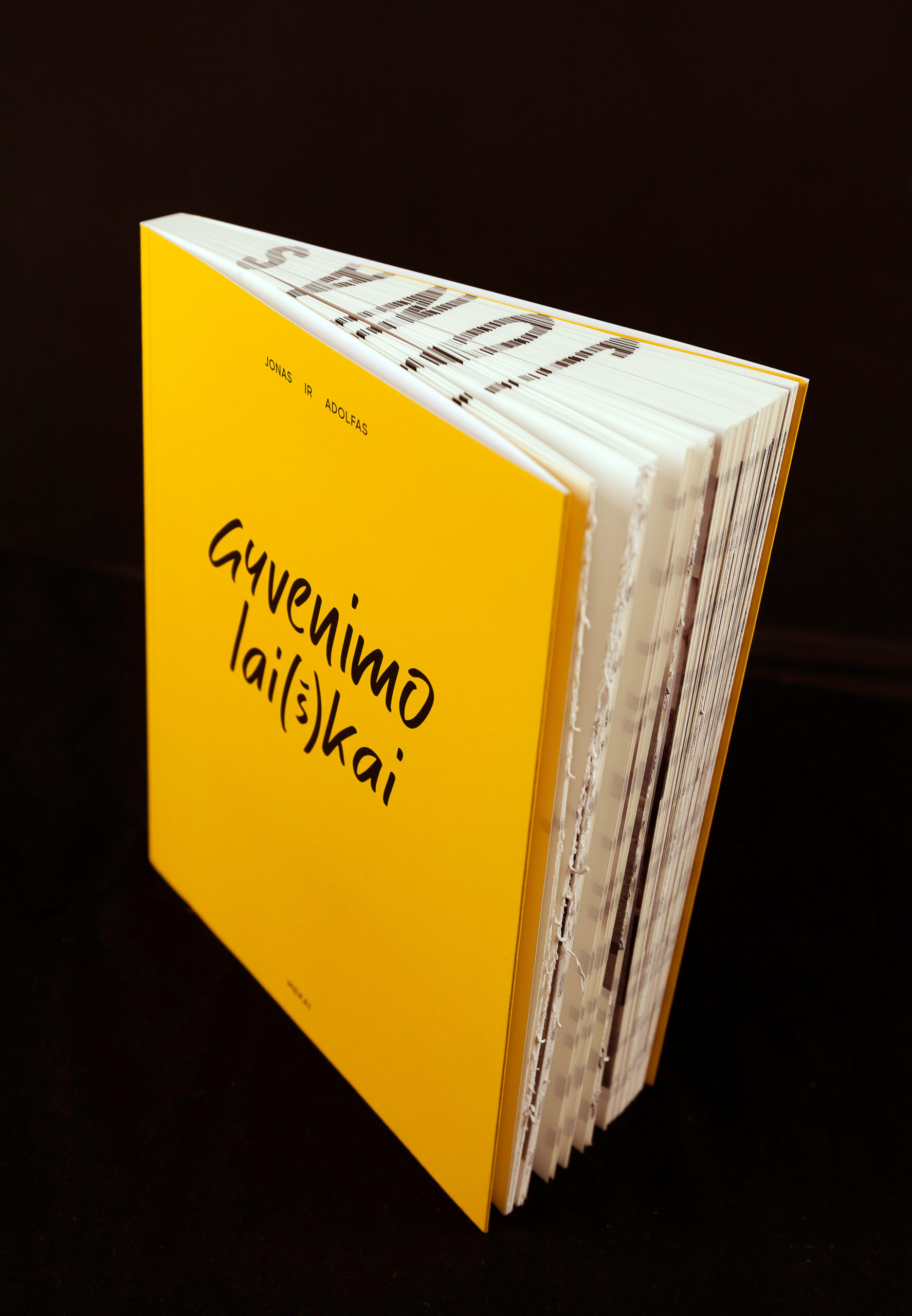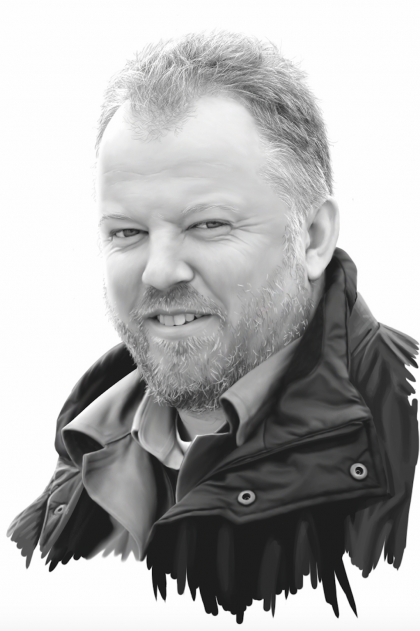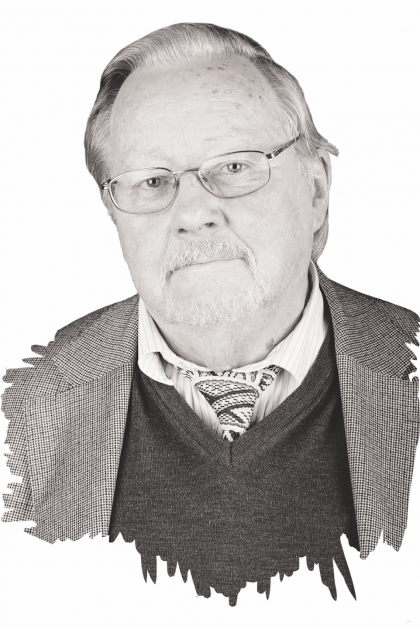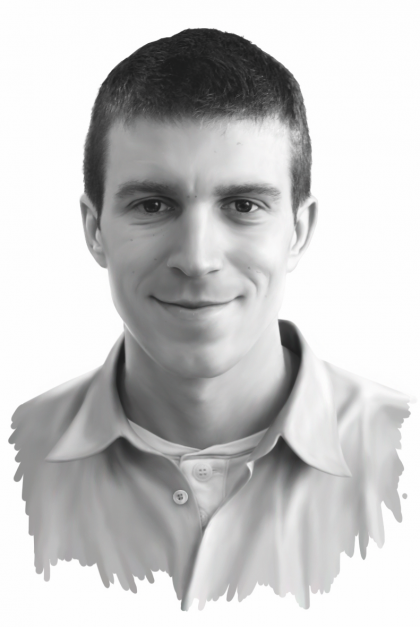Kęstutis Pikūnas
Book compiler ( „Jonas and Adolfas Mekas. Gyvenimo lai(š)kai”)
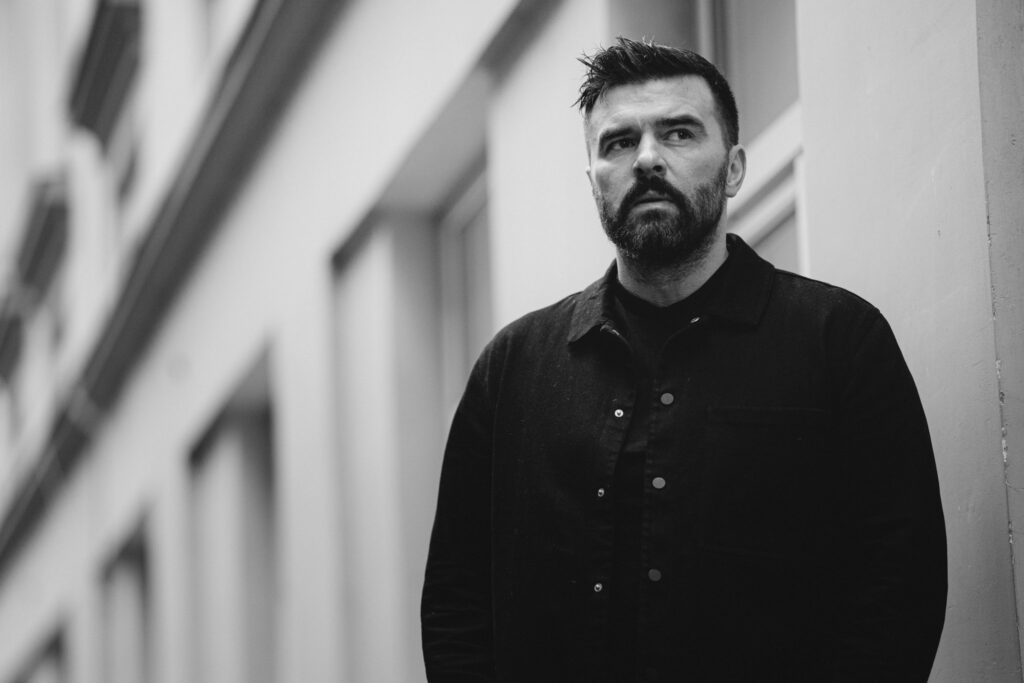
So, this is going to be a book about Mekas? It was usually on this questioning note that my friends would end our conversations when I told them about my soon to be published book’s form and content. Yes, Jonas Mekas was a very famous Lithuanian artist who gained worldwide renown and was often dubbed the “Godfather of Avant-Garde Film”, but, very often, that’s all that we know about him. On the other hand, his youngest brother Adolfas is even less known to us. For decades, the brothers followed in each other’s footsteps and competed among themselves as to whose creations were better, but they were constantly together and very often worked together.
While I was compiling my book, I deliberately chose to focus on a narrative about two brothers in order to get away from lauding any one particular individual and that is why I very consciously left out their personal achievements, films that they created and awards that they had merited. The photographs and letters that I chose create a story that you would seem to have heard or seen somewhere.
The letters that the brothers wrote remind us once again that those people who are often left on the sidelines when one is writing about a success story are often the most important ones in our lives.
Kęstutis Pikūnas
The Mekas brothers spent their childhood in the village of Semeniškiai in the Papilys region, not far from the town of Biržai in northeastern Lithuania. In a rare interview, their mother, Elžbieta Mekienė, said, “You could tell from their very youngest days that those children had a calling that was different from the rest of our relatives. When my Jonas could barely reach the table, he was already saying, “I’m going to be a writer…a writer of truth.” And, after the animals on the farm were asleep, I would see Jonas and Adolfas playing soldiers. They would line up two armies – one made out of sticks and the other out of small stones – and play.”
During the fateful year of 1944 in Nazi occupied Lithuania, Jonas and Adolfas were living with their well-known uncle, pastor Povilas Jašinskas of the Biržai Evangelical Reformed Church, in the attic of the rectory where they had a typewriter on which they would transcribe hand-written texts for the underground press. One night, their typewriter disappeared from the stack of logs in which it had been hidden. This did not bode well for the brothers. Without further delay, they decided to leave Lithuania. During their journey through Germany, they were taken as prisoners of war by the Nazis and sent to a forced labor camp in Elmshorn.
The Mekas brothers were later released to a Displaced Persons (DP) Camp in Wiesbaden where they continued their search for their own unique path and original means of expression. Constant hunger was not able to stifle their youthful enthusiasm and desire to create. Among a variety of other activities, Jonas and Adolfas began to publish Glimpses, an avant-garde non-periodical cultural magazine with a group of friends with the same destiny. After being transferred to another DP camp in Kassel, Jonas wrote his collection of poems Idylls of Semeniskiai, widely considered to be one of his most important literary works.
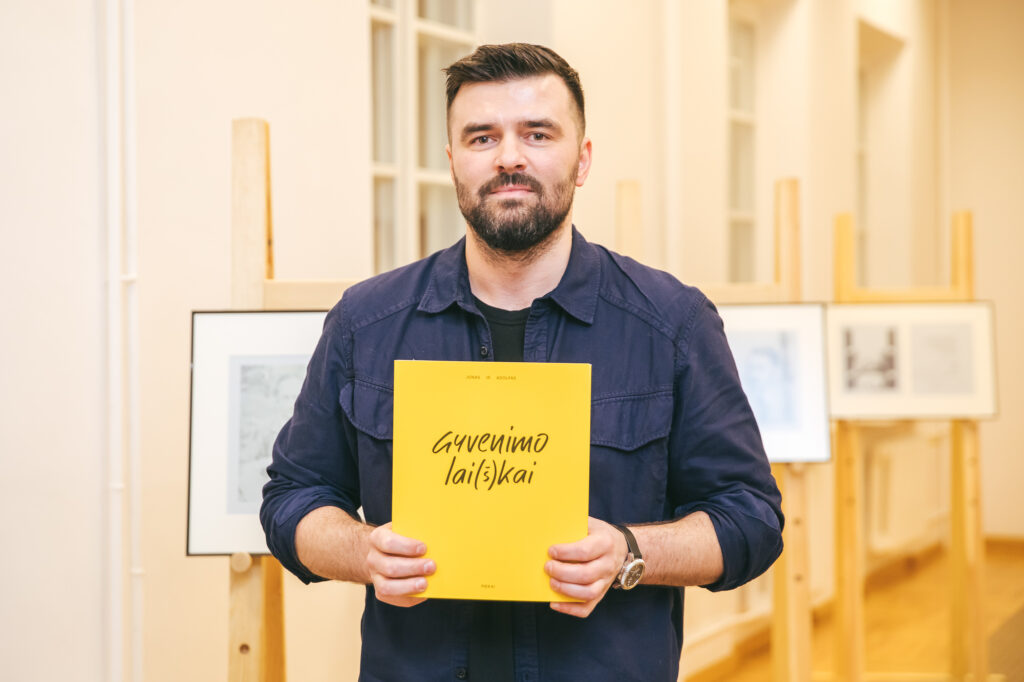
In 1949, after five years in Germany, in a letter to fellow writer Algirdas Landsbergis Jonas writes:
“Jerome Algirdas! On Tuesday, Adolfas and I will set sail on the USS General Howze together with 1,300 other DPs. <…> Everything went so smoothly that it surprised us. It would be good if we could meet for a day or so in New York to wander around. That’s one mission. If you’re not at work when the ship arrives, perhaps you could meet us? Even though I don’t know the rules ifwe’ll be allowed to stay there for a day or two. I’ll try to find out. I’m not sorry either to leave the bogs of Europe. I’m only sorry about Indian summer in this flat land of windmills and piles of pulled up beets. And the forests are already falling, it’s brown and yellow everywhere – the entire palette of autumn is laid out in the stalls of markets and the endless fields. So, I do feel a bit sorry when I’m walking around. The devil only knows what those autumns are like in America and what are the colors and fruit and fog, and wind, and horizons and whether they have Indian summers and if there are stacks of flax in the fields and windmills with their four wingssplayed across the sky. So, I’ll soon be able to see everything for myself.”
The desire to “wander around” led the brothers to a world in which you need to live in the “here and now.”
***
P.S. In answer to the question as to whether this book is about Mekas. Probably not. It’s not about Mekas, but about the Mekas Mecca of Semeniškiai. A place, where, most likely, there is room for everything.


